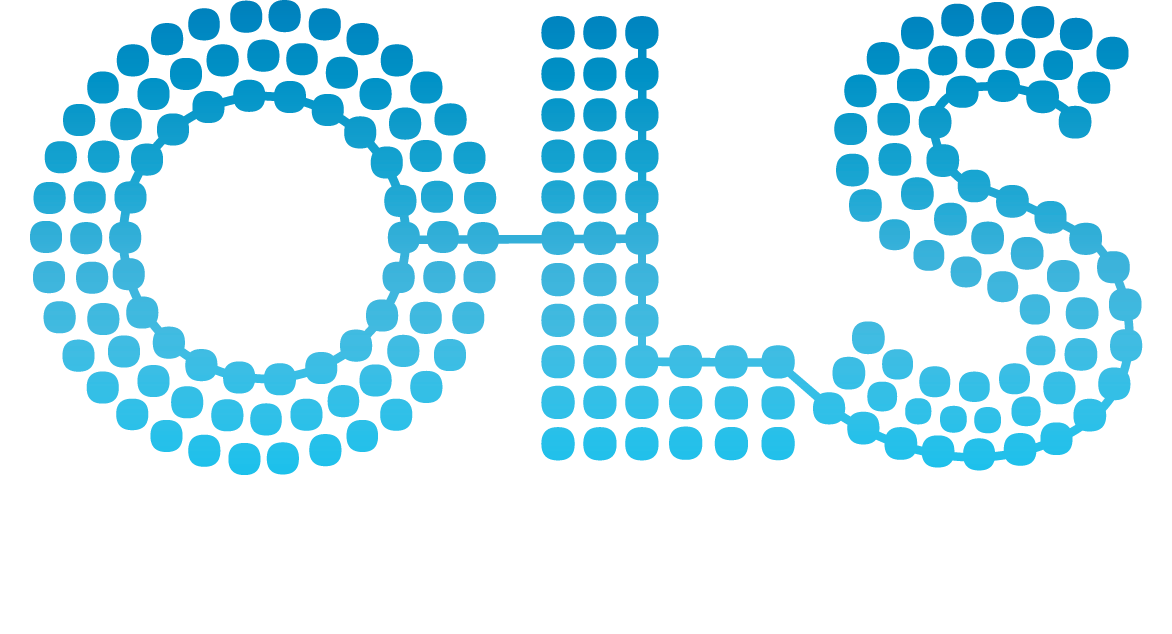|
Acoustic Impedance Tests
|
D000158 |
[Objective tests of middle ear function based on the difficulty (impedance) or ease (admittance) of sound flow through the middle ear. These include static impedance and dynamic impedance (i.e., tympanometry and impedance tests in conjunction with intra-aural muscle reflex elicitation). This term is used also for various components of impedance and admittance (e.g., compliance, conductance, reactance, resistance, susceptance).
] |
|
Acoustic Maculae
|
D008267 |
[The sensory areas on the vertical wall of the saccule and in the floor of the utricle. The hair cells in the maculae are innervated by fibers of the VESTIBULAR NERVE.
] |
|
Acoustic Stimulation
|
D000161 |
[Use of sound to elicit a response in the nervous system.
] |
|
Acoustics
|
D000162 |
[The branch of physics that deals with sound and sound waves. In medicine it is often applied in procedures in speech and hearing studies. With regard to the environment, it refers to the characteristics of a room, auditorium, theatre, building, etc. that determines the audibility or fidelity of sounds in it. (From Random House Unabridged Dictionary, 2d ed)
] |
|
Acquired Hyperostosis Syndrome
|
D020083 |
[Syndrome consisting of SYNOVITIS; ACNE CONGLOBATA; PALMOPLANTAR PUSTULOSIS; HYPEROSTOSIS; and OSTEITIS. The most common site of the disease is the upper anterior chest wall, characterized by predominantly osteosclerotic lesions, hyperostosis, and arthritis of the adjacent joints. The association of sterile inflammatory bone lesions and neutrophilic skin eruptions is indicative of this syndrome.
] |
|
Acquired Immunodeficiency Syndrome
|
D000163 |
[An acquired defect of cellular immunity associated with infection by the human immunodeficiency virus (HIV), a CD4-positive T-lymphocyte count under 200 cells/microliter or less than 14% of total lymphocytes, and increased susceptibility to opportunistic infections and malignant neoplasms. Clinical manifestations also include emaciation (wasting) and dementia. These elements reflect criteria for AIDS as defined by the CDC in 1993.
] |
|
Acremonium
|
D000164 |
[A mitosporic fungal genus with many reported ascomycetous teleomorphs. Cephalosporin antibiotics are derived from this genus.
] |
|
Acridine Orange
|
D000165 |
[A cationic cytochemical stain specific for cell nuclei, especially DNA. It is used as a supravital stain and in fluorescence cytochemistry. It may cause mutations in microorganisms.
] |
|
Acridines
|
D000166 |
[Compounds that include the structure of acridine.
] |
|
Acridones
|
D054831 |
[Compounds based on acridone, which have three linear rings, with the center ring containing a ring nitrogen and a keto oxygen opposite to each other. Many of them are naturally occurring alkaloids.
] |
|
Acriflavine
|
D000167 |
[3,6-Diamino-10-methylacridinium chloride mixt. with 3,6-acridinediamine. Fluorescent dye used as a local antiseptic and also as a biological stain. It intercalates into nucleic acids thereby inhibiting bacterial and viral replication.
] |
|
Acro-Osteolysis
|
D030981 |
[A condition with congenital and acquired forms causing recurrent ulcers in the fingers and toes. The congenital form exhibits autosomal dominant inheritance; the acquired form is found in workers who handle VINYL CHLORIDE. When acro-osteolysis is accompanied by generalized OSTEOPOROSIS and skull deformations, it is called HAJDU-CHENEY SYNDROME.
] |
|
Acrocallosal Syndrome
|
D055673 |
[Autosomal recessive syndrome characterized by hypogenesis or agenesis of CORPUS CALLOSUM. Clinical features include MENTAL RETARDATION; CRANIOFACIAL ABNORMALITIES; digital malformations, and growth retardation.
] |
|
Acrocephalosyndactylia
|
D000168 |
[Congenital craniostenosis with syndactyly.
] |
|
Acrodermatitis
|
D000169 |
[Inflammation involving the skin of the extremities, especially the hands and feet. Several forms are known, some idiopathic and some hereditary. The infantile form is called Gianotti-Crosti syndrome.
] |
|
Acrodynia
|
D000170 |
[A condition seen primarily in childhood, most often resulting from chronic exposure to MERCURY COMPOUNDS which may result in encephalopathy and POLYNEUROPATHY. Clinical features include pain, swelling and pinkish discoloration of the fingers and toes, weakness in the extremities, extreme irritability, HYPERESTHESIA, and alterations in level of consciousness. (From Menkes, Textbook of Child Neurology, 5th ed, p603)
] |
|
Acrolein
|
D000171 |
[Unsaturated three-carbon aldehyde.
] |
|
Acromegaly
|
D000172 |
[A condition caused by prolonged exposure to excessive HUMAN GROWTH HORMONE in adults. It is characterized by bony enlargement of the FACE; lower jaw (PROGNATHISM); hands; FEET; HEAD; and THORAX. The most common etiology is a GROWTH HORMONE-SECRETING PITUITARY ADENOMA. (From Joynt, Clinical Neurology, 1992, Ch36, pp79-80)
] |
|
Acromioclavicular Joint
|
D000173 |
[The gliding joint formed by the outer extremity of the CLAVICLE and the inner margin of the ACROMION PROCESS of the SCAPULA.
] |
|
Acromion
|
D000174 |
[The lateral extension of the spine of the SCAPULA and the highest point of the SHOULDER.
] |
